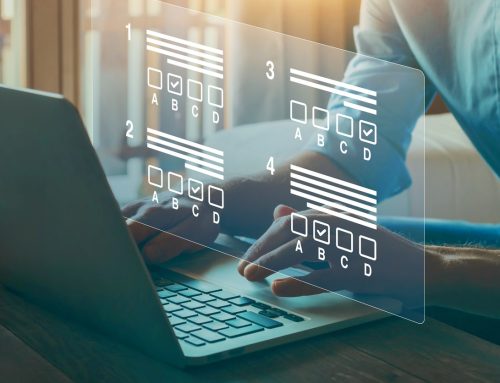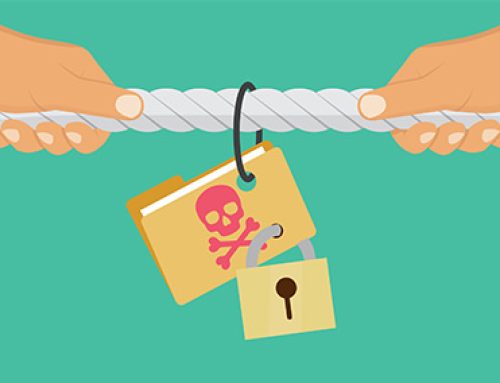Did you go through a long bout of downtime last year? An episode where your sites went dark or your system went offline and it went on and on despite your team’s frantic attempts to fix it? If so, you probably vowed to have a fast backup and disaster recovery system this year. One where everything was efficient and quick – creating replicas, failing over, and even the performance of your backups.
How well have you done this year? If you’re like most teams, probably not as much as you hoped. Maybe your legacy system eats up your time with testing and managing tape backups. Or maybe your organization has been successful enough to expand regionally and even globally, but that’s just saddled your team with more and more data centers to operate. Retrieving physical backups or navigating cloud solutions with complex failover processes is an issue every time your network goes down. And when you do get back up, your replica environments chug along with choppy performance and user delays.
So when is slowness a real problem and not just an inconvenience? There are 3 signs your BDR system is slow enough to harm your organization and your assets:
- You’re spending too much time on day to day management. If creating backups, migrating data, running tests and retrieving old files takes too many hours, your team is losing productivity and potential innovation. And those hours will only increase as your data grows.
- Your recovery can range from hours to days. If your uptime depends on a shipment of backup tapes or the need to visit a distant data center, you’re already behind the curve – and that’s if everything else goes well. It’s also likely you’ll have mission-critical systems or data that have to wait in line for recovery, extending downtime unnecessarily.
- Your staff and customers are unhappy with your replica performance. You may feel relieved just to have some kind of uptime in play. But if your customers and workforce have only limited functionality and are running into delays, your brand image will still take a hit.
Speeding Up Your Slow Burn
The good news is you can speed up all 3 of those areas – but it means improving your entire backup and disaster recovery system.
#1. Embrace the speed of the cloud.
Virtualization lets you jump to a mirror of your environment in just minutes. There’s no need to ship or retrieve anything, or face the problem of corrupt, damaged or lost backups. Adopting a hybrid cloud or DRaaS strategy is a surefire route to high availability and speedy offsite disaster recovery.
#2. Evolve into automation.
Teams that go from manual administration to automation frequently say they go from days of labor a month to mere minutes. This also speeds up your recovery, since you won’t have to stop in the middle of a crisis and figure out which backups are accurate and which aren’t. Another important feature: incremental updates. Instead of having to deal with all of your data every time you need to backup, you can capture only the changes, lightening demand while enjoying accurate recovery.
#3. Look for simplicity.
BDR needs to operate swiftly and efficiently; there’s no time for re-reading complex instructions or trying to find a trained staff member who understands difficult software during a crisis. Anything confusing or laborious to operate is the enemy of quick recovery. Choose a solution that lets you failover in a moment – or more importantly, lets any staff member failover, trained or not. Also look for a tool with an intuitive, all-in-one dashboard that gives you all the information you need at a glance. Trying to orchestrate output from disparate systems into one cohesive diagnosis during a disaster will consume too much time.
#4. Look for backups that can perform as fast as your normal environments.
This is where the right solution can make or break your recovery. When evaluating new BDR solutions, test out different applications and systems. Spinning up a clone in a moment is important, but you also want a solution that can guarantee your clone will be so smooth and fast that your customers don’t even realize it’s not the original.
No matter what industry you’re in, slowness ends with the same dismal repercussions: brand damage, irritated customers, lost productivity and profit. But speeding up your BDR system does more than reduce downtime; it helps your team stay focused on valuable initiatives instead of spending their time on tedious administration. As your digital assets continue to grow, any slowness will become more and more pernicious – so accelerate now and position yourself for an easier and more lucrative future.





